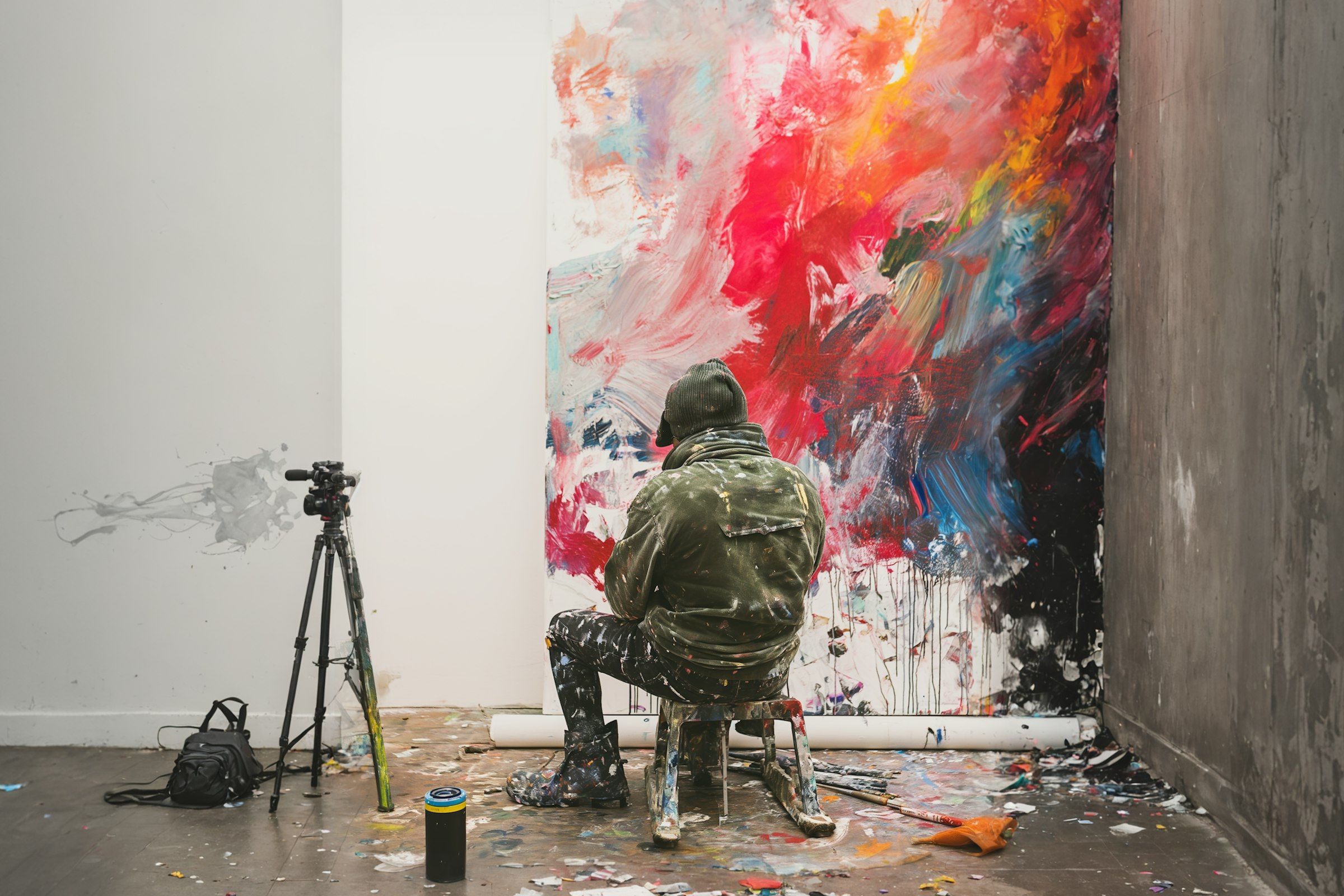Rethinking Art Direction
Feb.2024
Read Article
↓
↓

Rethinking Art Direction
Art direction isn’t about overseeing aesthetics—it’s about shaping experience. It’s where form, function, and feeling converge. Whether you’re working in print, digital, or motion, the role demands more than good taste—it requires vision, awareness, and a deep understanding of how meaning is built through design.
Excellent art direction doesn’t just make something look better—it makes it resonate.
01 Know Your Canvas
Every medium has its own set of rules. A website, a magazine spread, a billboard—each one asks different things of a visual system. Dimensions, resolution, pacing, and proximity—they all affect how a message is absorbed.
In digital spaces, the canvas is dynamic. It includes load times, scroll behavior, touchpoints, and transitions. In print, it's physical scale, texture, material, and spatial balance. You’re not just designing on a surface but within a context.
Art direction starts with awareness. Know the limitations. Know the opportunities. Design accordingly.
02 Lead With Color That Speaks
Color is not just visual—it's emotional. It creates atmosphere, influences perception, and directs behavior.
A restrained palette can build trust, while a bold one can signal energy. Color psychology plays a quiet but powerful role in how a brand is received. Blue evokes stability, green signals growth, and red introduces urgency. But what matters most is consistency across screens, formats, and time.
Intentional color use becomes part of a brand’s language. Not decorative. Directive.
03 Design With Typographic Intuition
Typography isn’t just what you read—it’s how you hear it. It sets the tone, creates rhythm, and guides the viewer through a visual story.
Every decision—font selection, weight, tracking, spacing—affects clarity and feel. Good typography is invisible in its function but deeply felt in its presence. It establishes hierarchy. It sets the pace. It either invites the reader in or pushes them away.
Done well, typography isn’t an accessory. It’s architecture.
SHARE ARTICLE



